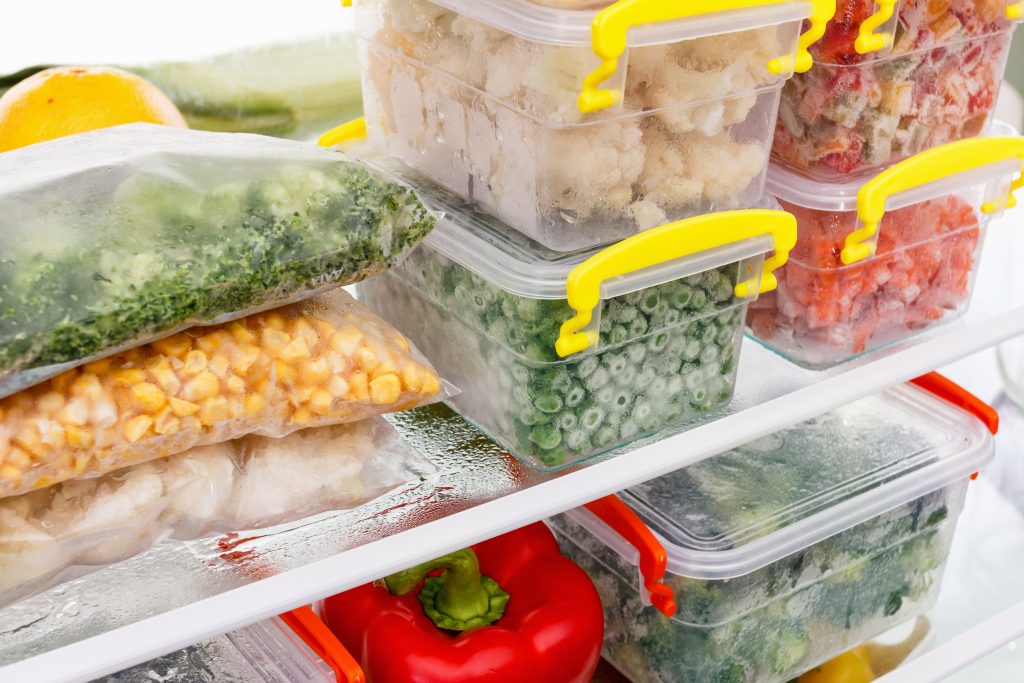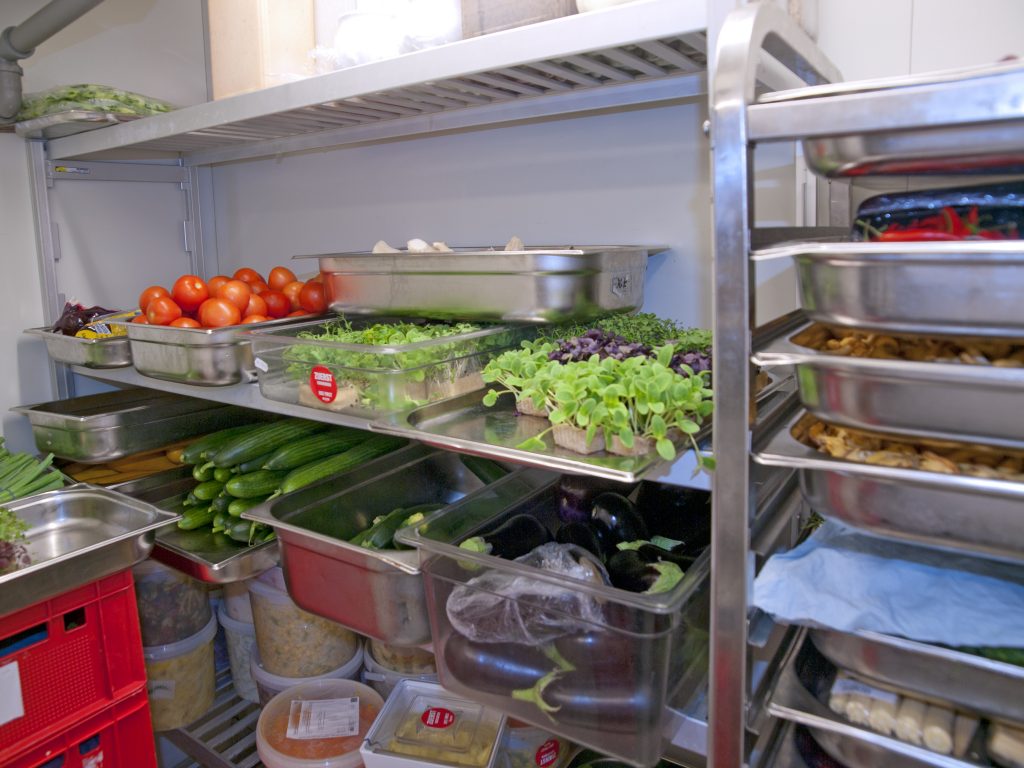5 Every Day Tips To Remember About Safe Food Storage

When it comes to food hygiene there are some things that you and your team should do without hesitation or question. Safe storage of food is one of these and it is part of basic food hygiene practice to ensure that the things we cook have not been stored in an unsafe environment. At the end of the day safe food is all about having good quality ingredients to work with. Here are 5 things that you should be doing as a matter of course during your working day, to help maintain your safe practice for food storage.
- Cross contamination can be a killer. This is literally the case and there have been several instances of multiple fatalities where the root cause was likely to have been cross contamination during preparation or storage. Washing, where appropriate, and the correct storage of foods prior to serving, will reduce the risk considerably. The hierarchy of storage in a fridge is also vital. Where food is stored in a standard refrigerator you should have high risk items at the top, and meats at the bottom. This is to help prevent fluid from the meat dripping onto the food below. Raw meats and fish should always be stored where they cannot contaminate other foods.
- Cover or wrap and return food to storage as standard practice. Food left out in the open is a tempting treat for pests and more liable to cross contamination. It seems such an obvious thing to do, but it is very easy to forget to cover your foodstuffs in a busy catering environment. When you are not using a food item, return it to the fridge or storage area. This is about more than freshness. When handling meat and fish it is easy to accidentally splash juices around, touch the wrong thing or use the wrong utensil. Uncovered food can easily be contaminated so cover and store as much as possible.
- Refrigerate or freeze cooked food as soon as possible and always within two hours. From the moment your food drops into the danger zone (below 63c) bacteria will start to multiply. They can spread at an amazing rate so you need to slow that down as much as possible and put them in the fridge or freezer where the low temperatures discourage their development. So as soon as the food has cooled enough it should be placed in cold storage.
- Seal and close appropriately. One of the important factors in ensuring that your storage is effective is the seal you create around the food. Airtight containers with sealing lids will ensure that there are limited opportunities for cross contamination to occur. Plastic wrap should cover all the food or totally enclose the item. Do not allow raw food to come into direct contact with the shelves in the fridge where they can either spread or pick up bacteria.
- Time and date anything that may be used in the future. If you visit a well known chain sushi restaurant you will notice that all the domes on the belt items are very clearly marked with a time of production. This is to ensure that the food inside is taken off the belt before it reaches a point where it is no longer guaranteed to be safe. Shops have use by dates for the same reason. You should adopt this in your own practice and time and date anything that may be used later.
Safe Storage Practices
There are many other things to consider in your safe storage practice and this list is by no means a complete one. There is also no such thing as ‘standard practice’. There are certainly standard procedures that you can apply but the practice of these should be individual to your working environment. You can check out this brief guide on storing food safely if you have any concerns or if you’re unsure of what to do with particular foods.
Before we finish up on the subject of storage, let’s have a quick myth busting moment. One of the things you will often see with stored or wrapped food is that people will open it and immediately sniff it to see if it is ok to use. Unless the food is actually spoiled then this will prove nothing. You cannot smell the bacteria that cause food poisoning. Also it works the other way and pork, for example, if stored in plastic wrap, will very quickly develop a smell not dissimilar to spoiling meat but is perfectly edible and the smell will dissipate within minutes. So, discard the sniff test in favour of safe storage and effective labelling if you want to have a safe catering environment.

Promote Good Food Hygiene
There are many ways to promote quality food hygiene, and it all starts with knowing safe storage practices for all kinds of food, and therefore taking the necessary steps and training to pass your knowledge on to others. When you’re preparing food for the public, you have to ensure you’ve followed all the necessary precautions so the food is safe to eat. The level 2 food hygiene courses is one of the most popular, covering catering, retail, manufacturing and the early years sectors.
